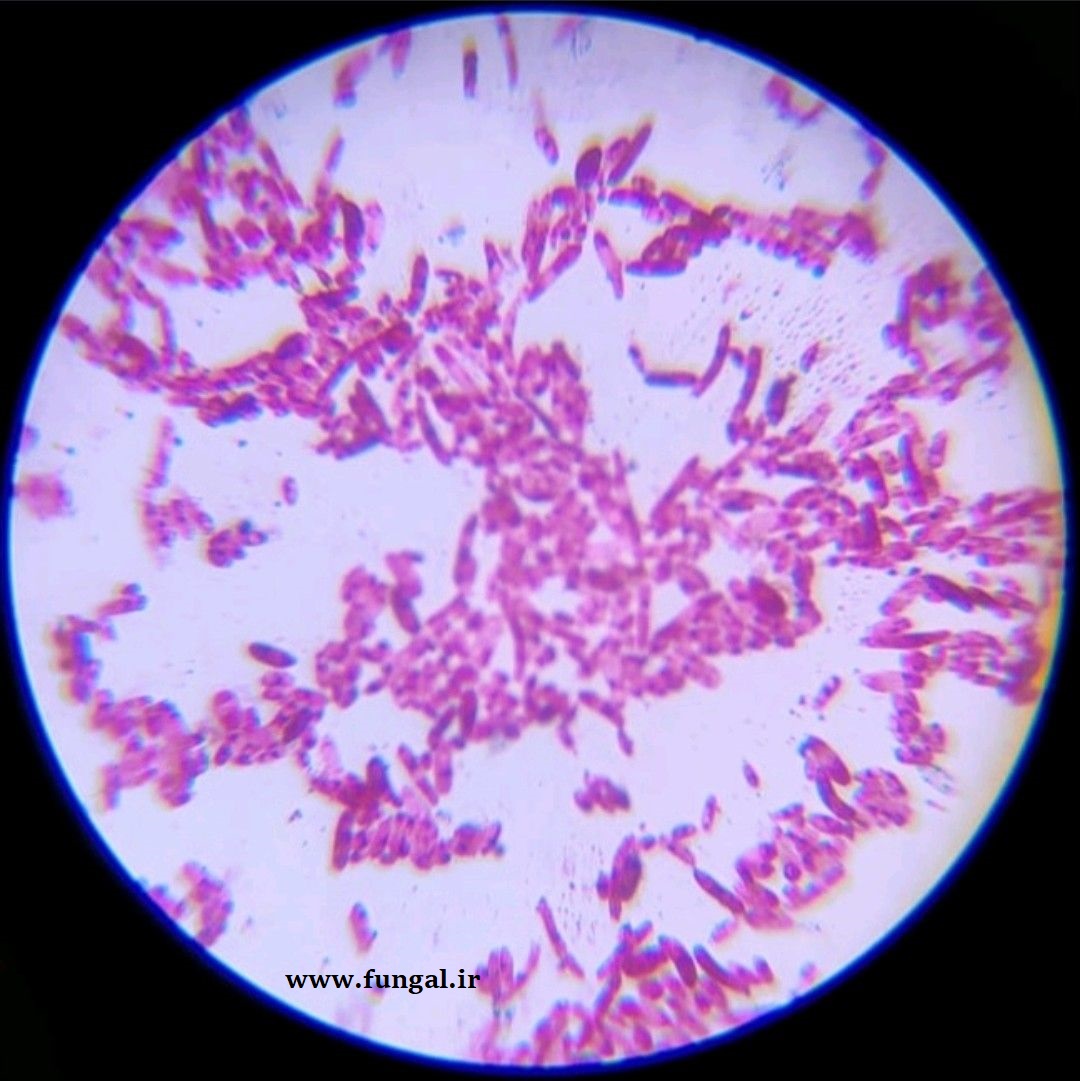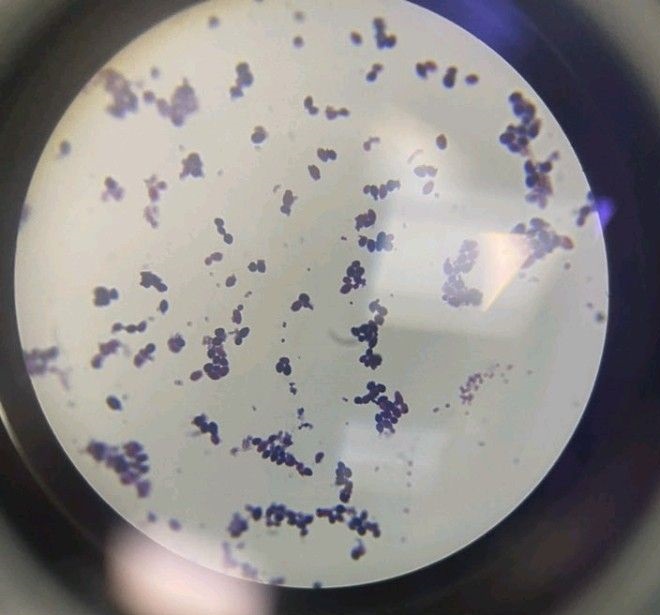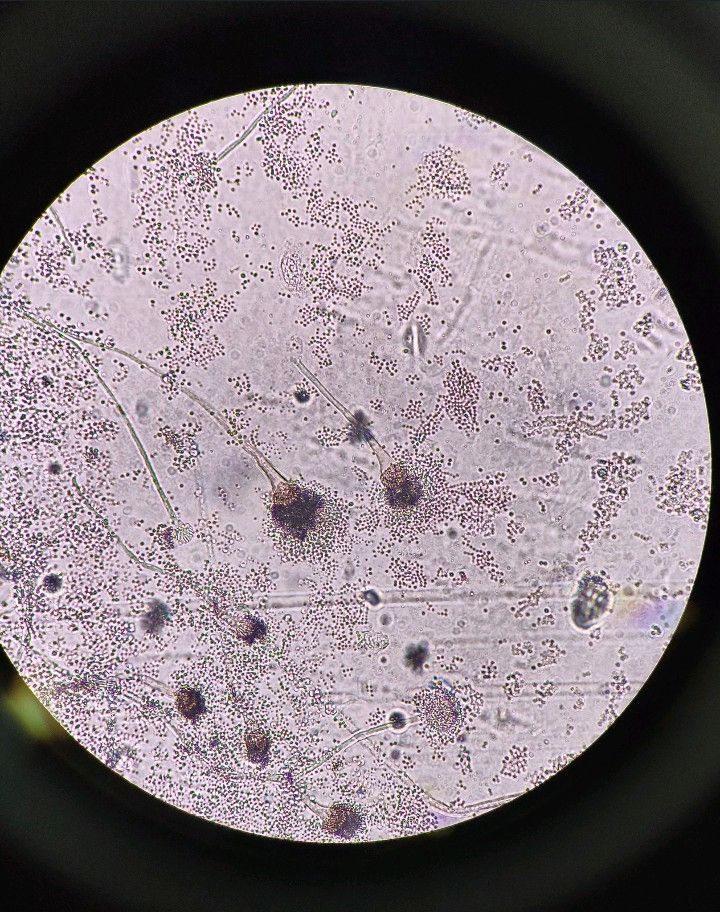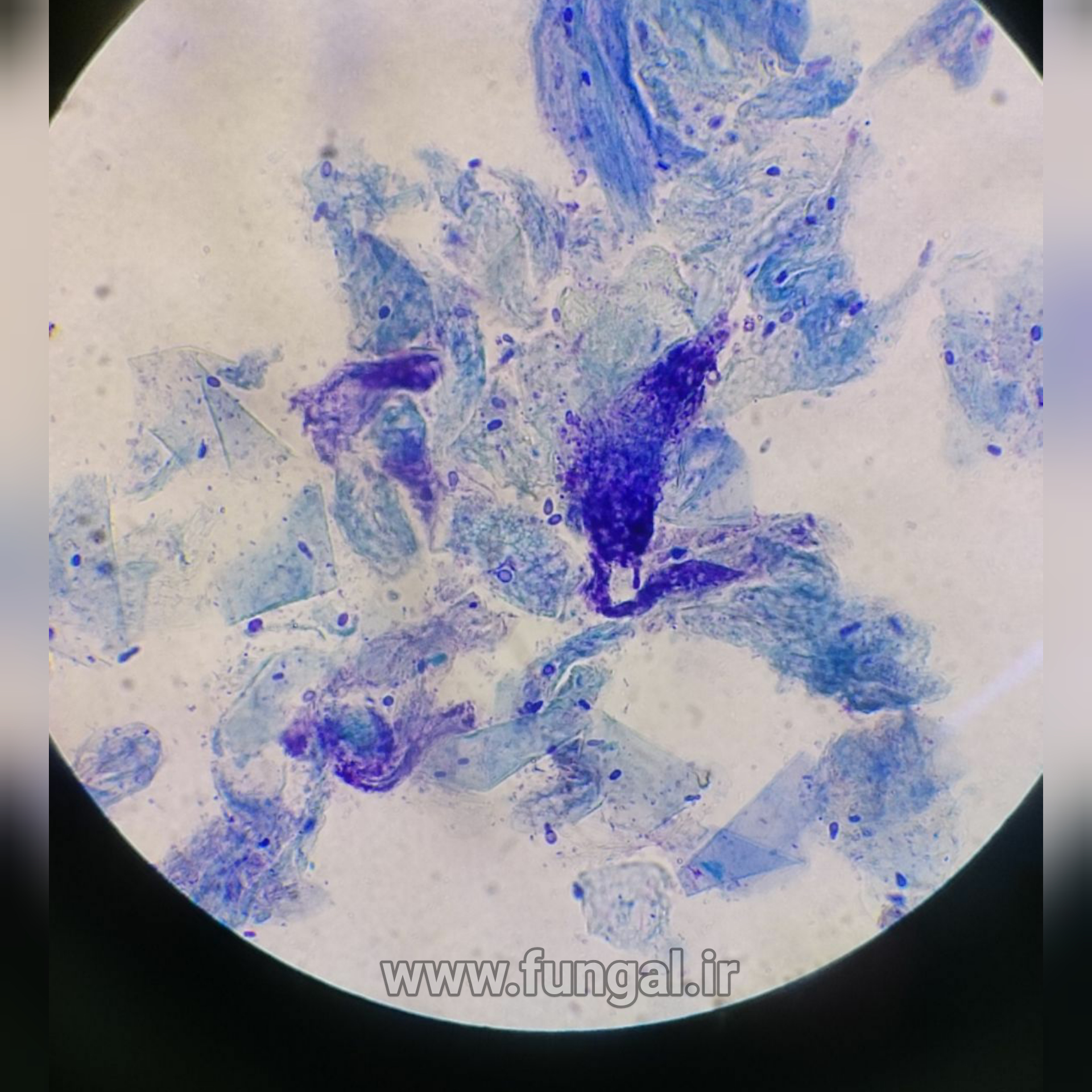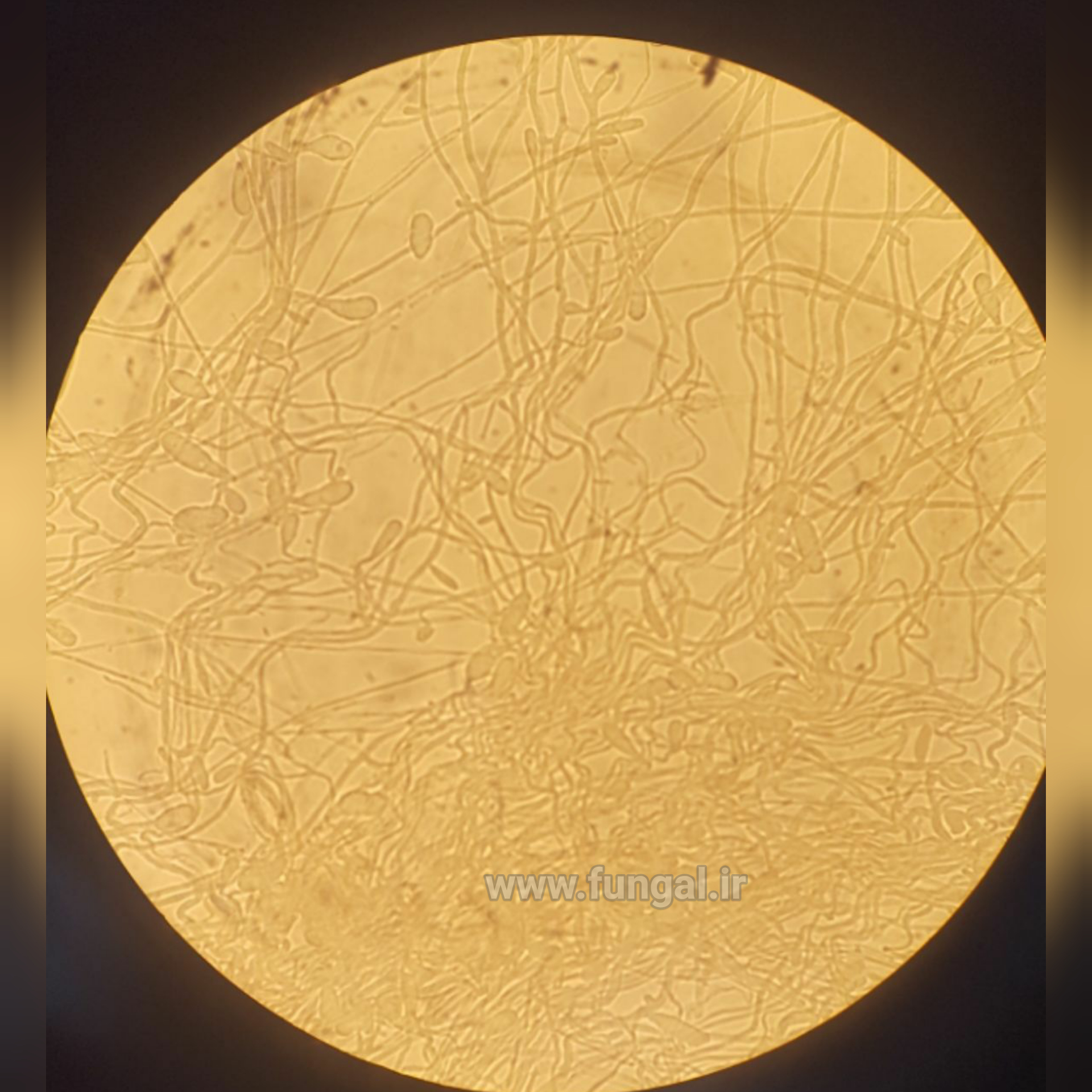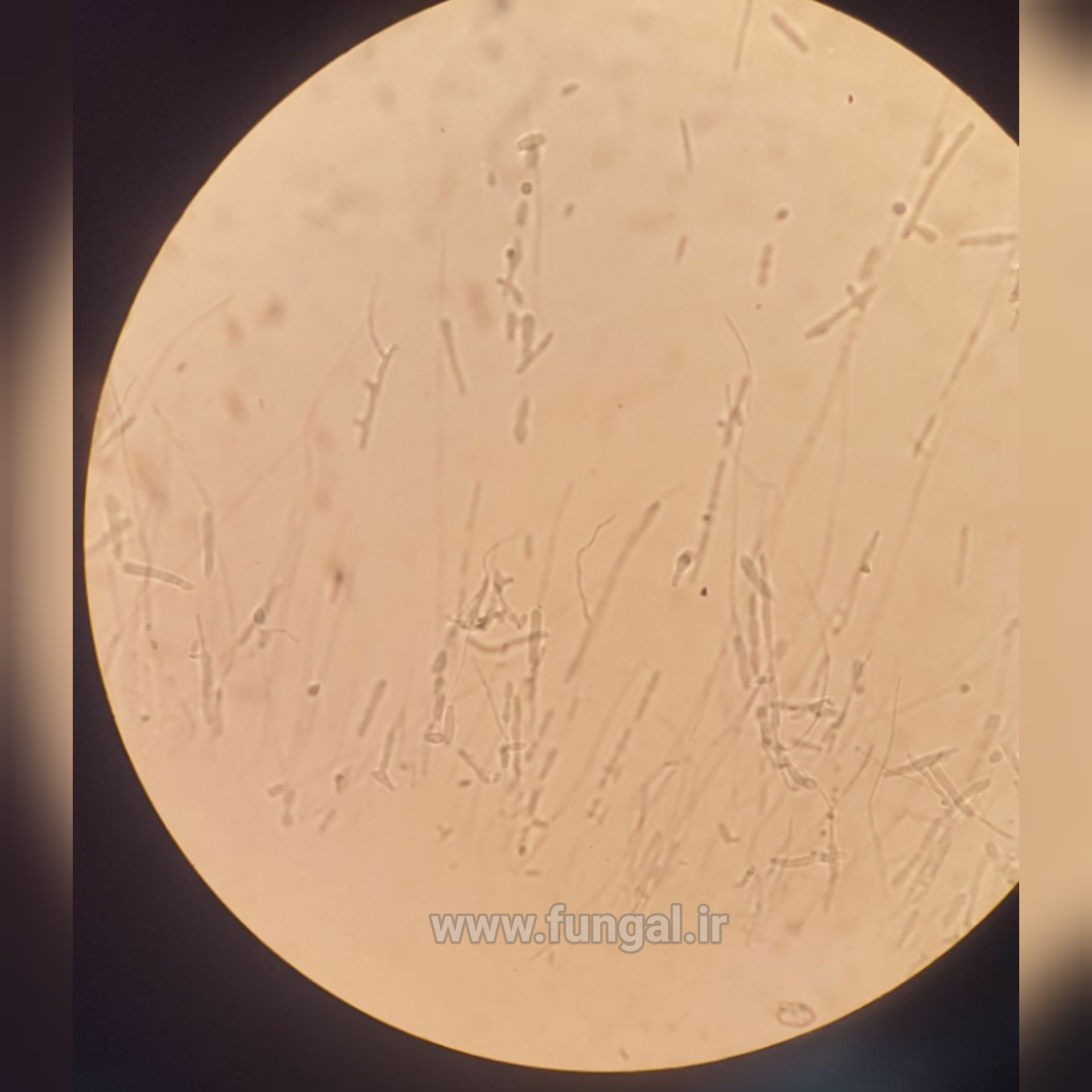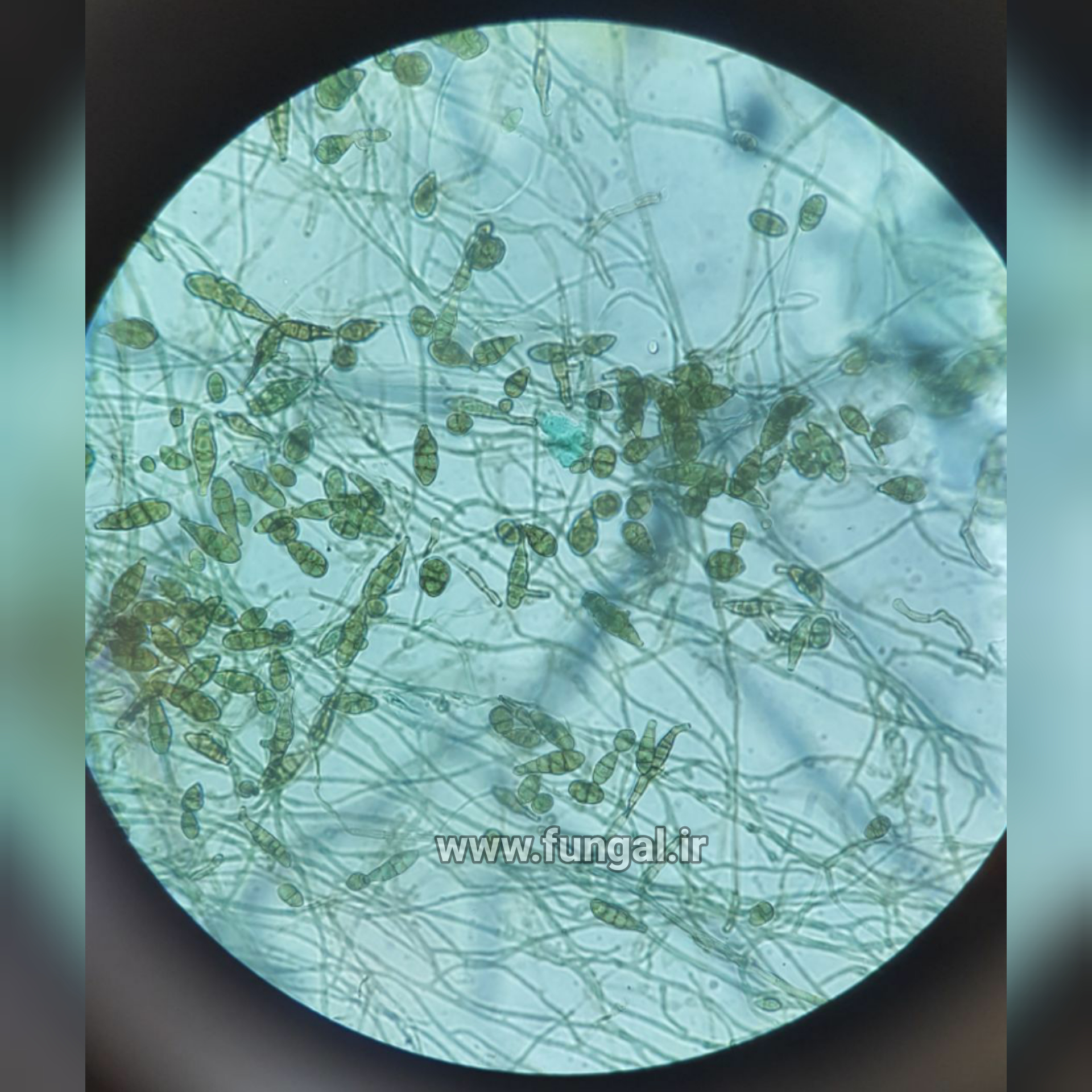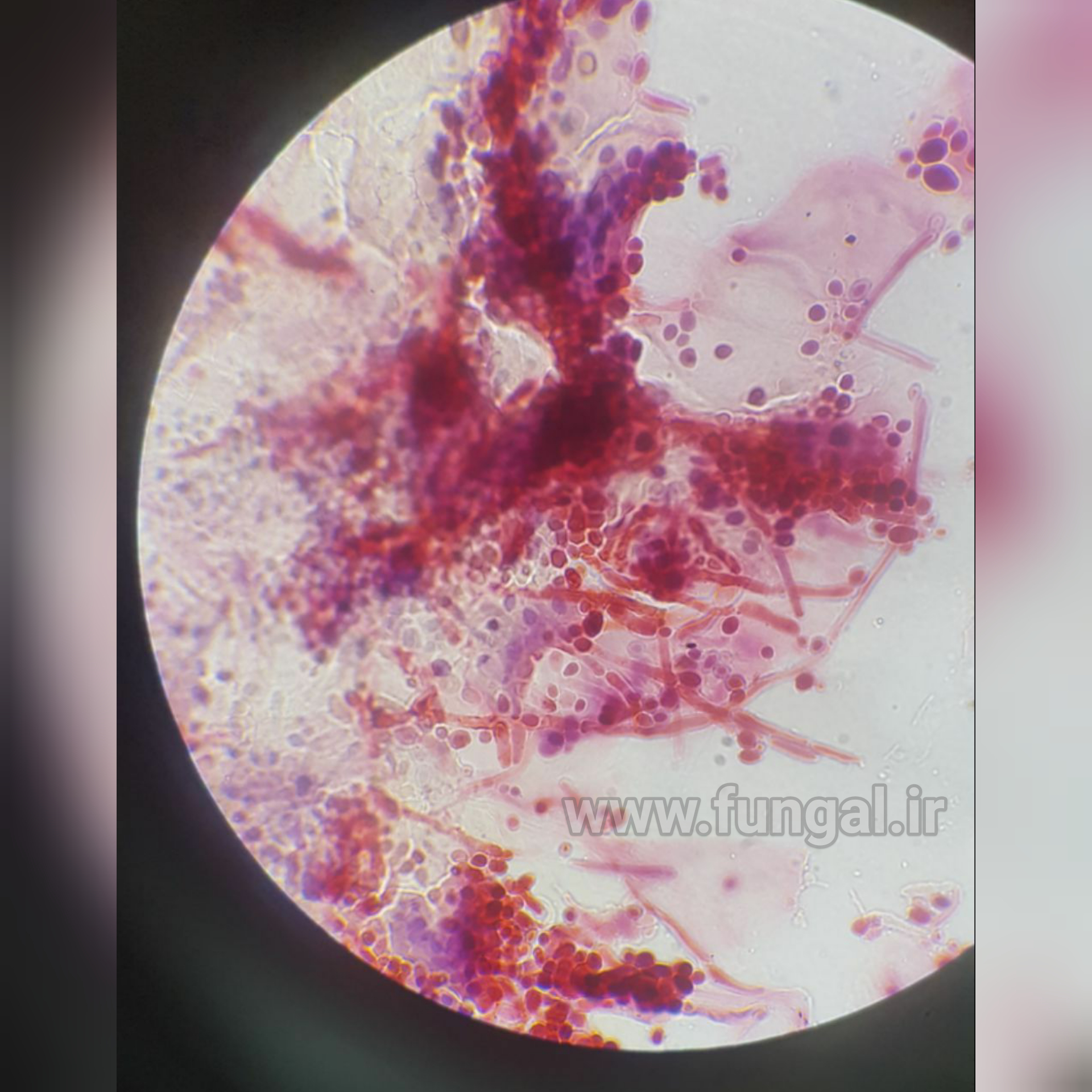Trichophyton verrucosum, commonly known as the cattle ringworm fungus, is a dermatophyte largely responsible for fungal skin disease in cattle, but is also a common cause of ringworm in donkeys, dogs, goat, sheep, and horses.[1] It has a worldwide distribution, however human infection is more common in rural areas where contact with animals is more frequent, and can cause severe inflammation of the afflicted region.[2][3] Trichophyton verrucosum was first described by Emile Bodin in 1902.
Trichophyton verrucosum is very slow-growing compared to other dermatophytes.[4] In culture, it is characterized by being flat, white/cream colour, having an occasional dome, with a glabrous texture, known as the variant album, however other variations are also found: T. verrucosum var. ochraceum has a flat, yellow, glabrous colony; T. verrucosum var. discoides has a gray-white, flat, and tomentose colony; and T. verrucosum var. autotrophicum is rarely seen and is associated with sheep.[5][6] Under a microscope, macronidia are rare, and have a rat-tail or string bean shape, while micronidia are tear-shaped and have been only observed in laboratories when grown under enriched conditions.[7] It lacks a teleomorph (sexual) stage.[5] At 37 °C (the only dermatophyte with an optimum growth temperature this high),[7] chlamydospores become thick-walled and found in long chains.[6] Macronidia are more commonly produced on BCP-milk solids-yeast extract agar, and only on colonies over 7 days old.[5] Under refrigeration, it will die.[7] Regions infected with T. verrucosum will fluoresce under a blacklight in cattle, but not in humans.[6]







